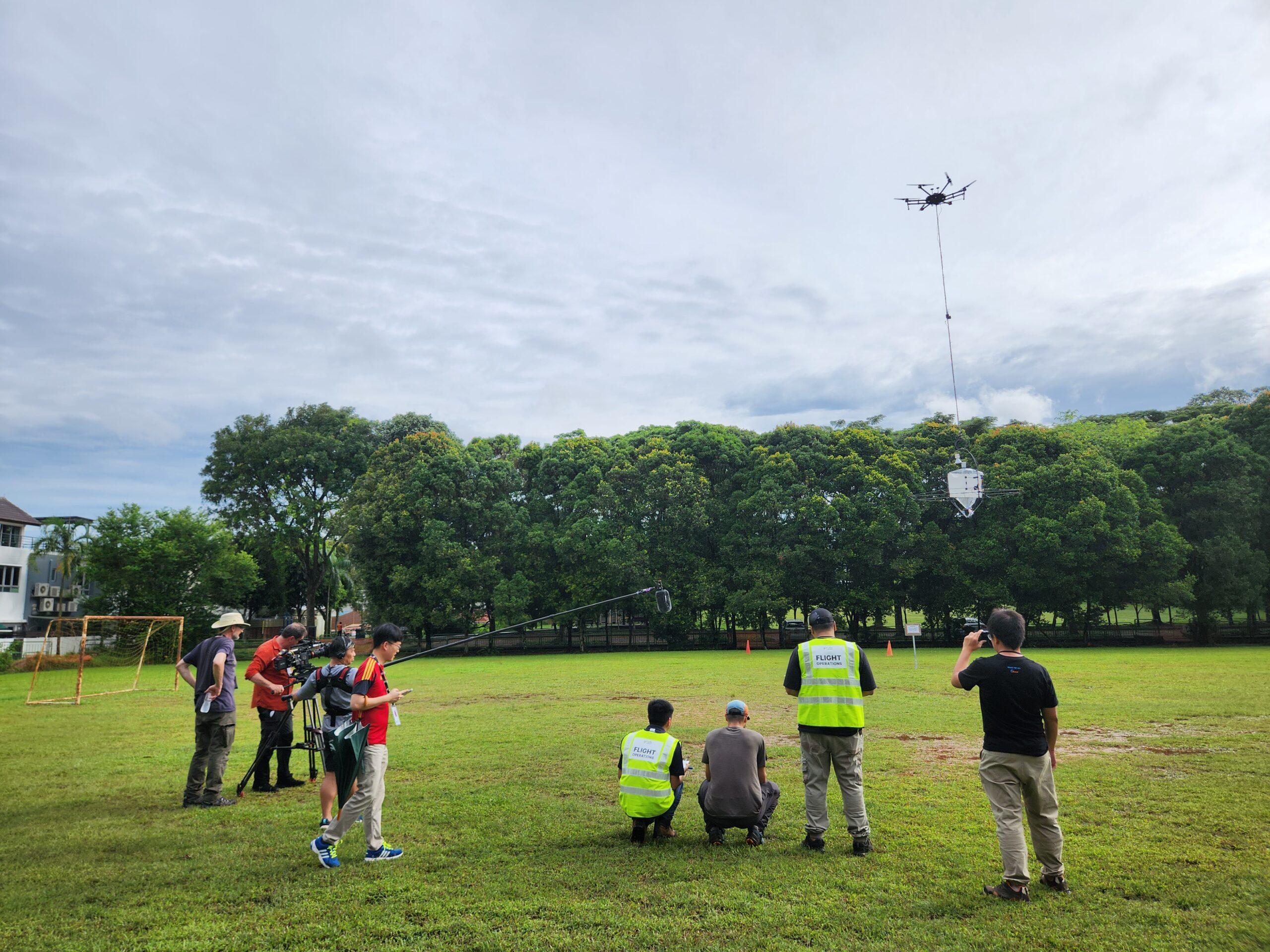
A research team based out of Colorado Mesa University in Grand Junction wants to know what one square kilometer of rainforest is worth. Finding out the answer could be worth $10 million to them.
The XPRIZE Foundation is a nonprofit hoping to incentivize developments that will better the planet. Tom Walla, a biologist focused on tropical ecology, says the theory behind the XPRIZE Rainforest competition is to figure out how to value tropical land in a way that squares with a balance sheet.
“What we're trying to do is figure out how to evaluate that rainforest so that individuals, companies, and maybe someday even the stock market could say there's a value in this rainforest beyond cows and soybeans,” Walla said. “It's virtually impossible to measure any rainforest completely. I would bet that not a single scientist on the planet would ever say they could tell you every species and every interaction that occurs in a rainforest a square kilometer in size with our current technology. It just can't be done. If it can't be measured, then we can't place a value on it. And if we can't place a value on it, we can't protect it in an economic sense.”
The CMU team, dubbed Team Waponi, includes experts from across North America, including the University of Nevada-Reno and drone specialists in Montreal. The other five teams competing for the $10 million purse hail from places like Barcelona, Zurich and Yale University.
The CMU project uses drones to drop a type of raft into the rainforest canopy. The instrumentation on that raft records sounds, images, DNA and more in an attempt to catalog as many species as possible in as many ways as possible.
“The primary one we're using are insect traps. And so this uses a light called a LepiLED, which is made by one of our team members that attracts insects from different wavelengths of light and they come into the trap and we photograph them,” Walla said. “It's really quite simple in a lot of ways except we're exporting the concept of an automatic photographing camera onto this raft in the canopy and then collecting that data and then using those images to identify those species very, very quickly using facial recognition software.”
The semifinal competition of the project took place in Singapore, where teams competed to see what they could record in a given area in a given period of time. The finals will be a similar process, with teams getting 24 hours to survey a more remote area of land, and 48 hours to compile results. That is set to take place in the second quarter of 2024.
In addition to scientists, Walla brought on Tim Casey, a professor in the political science department who also directs the CMU Natural Resource Center. Casey’s work is meant to marry the new technology with a framework that makes it easier to deploy with local communities.
“It's about getting input, talking about their relationship to the landscape, and particularly to the species on that landscape,” Casey said. “We're trying to capture what we call traditional knowledge — that is their long-lived experience, multiple generation experience in the area that informs us on the front end and helps us get a richer understanding of the species we're talking about.”
From there, Casey explained, land managers could eventually develop cooperative agreements for protecting sensitive areas.
“And then on the back end, when the land is set aside, there's an opportunity for what we call co-management, and that shows up in a lot of different ways. A good example of that is just right next door here in Bears Ears National Monument, where there's a sort of co-management agreement between Indigenous populations and the federal government. So our hope is to set up those kinds of relationships with any land that would be set aside in the future for conservation.”
XPRIZE has sponsored a number of competitions related to conservation and innovation. Notably, Elon Musk is backing a $100 million contest around carbon capture technology. Walla said he understands if some are dubious of a model that turns research into competition, but he’s also supportive of efforts that will yield results in rainforest conservation.
“I do think that if there's a chance that we can make rainforest more valuable to people who are economically motivated and we can make it valuable as an intact system, perhaps with people living in it in a sustainable way, then we can make a major difference in how much rainforest will be left on this planet in 50 years compared to where we're going today,” Walla said.








